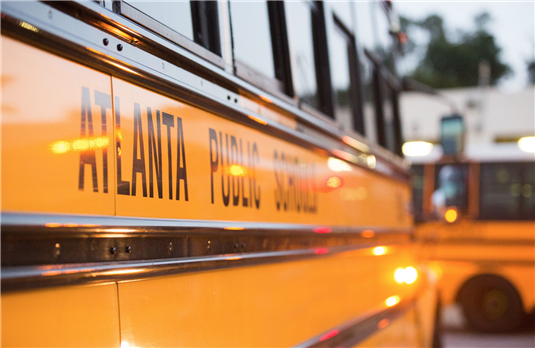On May 17, 1954, the U.S. Supreme Court ruled that separating children in public schools on the basis of race was unconstitutional with Brown V. Board of Education. In Atlanta, several years would pass before the ruling would go into effect.
In 1961, nine Black students integrated four all-white schools in the Atlanta Public Schools system. Known as the Atlanta Nine, the students integrated Brown High, Grady High, Murphy High, and Northside High.
Integration at Atlanta schools did not have the national pushback that occurred in Arkansas and New Orleans, but it would change the landscape of Atlanta forever.
Following the integration of public schools, Atlanta became impacted by white flight as white residents moved to suburban areas, abandoning most of the inner-city communities.
In turn, Atlanta’s Black population would increase tremendously from 1960-1980, leading to more Black leadership on the political front and in education.
But as Atlanta became known as a Black Mecca, diversity at public schools decreased. According to the Georgia Department of Education, in 2022 the Atlanta Public Schools served 54,559 students. Their demographics were: 73% Black, 15% White, 8% Hispanic, 4% other categories.
The decline of white students at Atlanta Public Schools coincides with the rise of private and charter schools. These schools are able to practice legal segregation through economics (high tuition) and testing standards.
“Private schools in the South were established, expanded, and supported to preserve the Southern tradition of racial segregation in the face of the federal courts’ dismantling of ‘separate but equal,'” according to a study by Southern Education Foundation. “White students left public schools in droves to both traditional and newly formed private schools. From 1950 to 1965, private school enrollment grew at unprecedented rates all over the nation, with the South having the largest growth.”
In Atlanta, there’s a deep divide in educational outcomes for children who attend schools in predominately Black communities. While students who attend school in the wealthier communities near North Atlanta and Midtown High, students who attend schools on the south and west sides of Atlanta continue to face academic issues.
“Students who attend Mays, Therrell and Washington high schools show some of the widest gaps between graduation rates and academic skill as measured by test scores,” according to the Atlanta School Landscape Report.
Economics remains a key factor on the likely outcome of students. With over a quarter of students in Atlanta living in poverty, it’s important for their external needs to be addressed such as food security, adequate housing, and mental health services.
Although Brown V. Board of Education addressed the illegality of segregation in schools 70 years ago, it continues to shed a light on the reality of inequalities and race in America.


